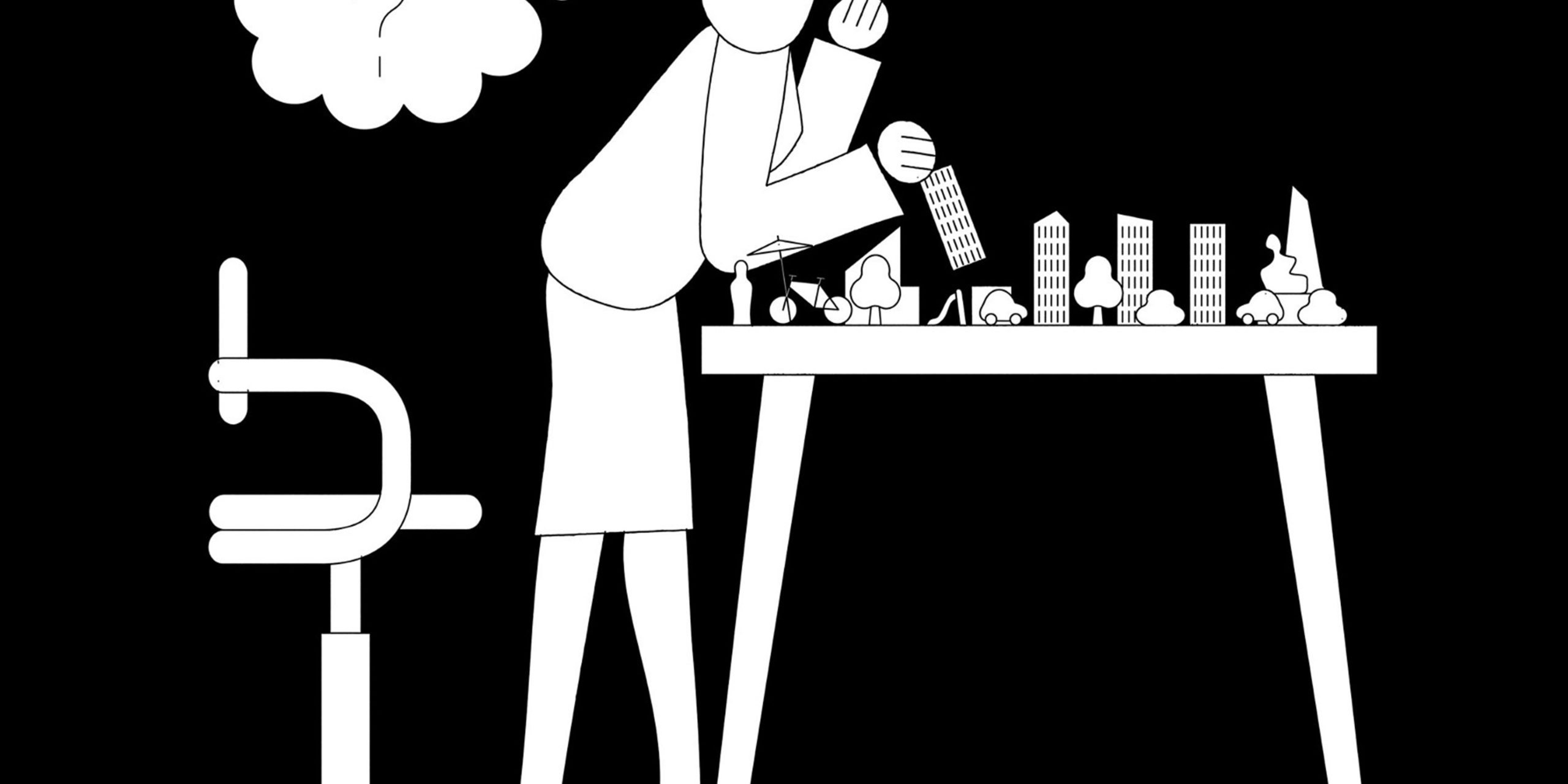
Everyone is so busy doing the placemaking, who is doing the place thinking?
At a party years ago I was being quizzed about placemaking. I was speaking to a friend who is a management consultant working on colossal infrastructure projects, and we shared a laugh about the word and how it represents so many different things to different people. Depending on what businesses are able to commercially charge for, it could mean anything from public art to the quality of pavements, from street lighting to events to marketing.
The conversation came up again with a client at a large developer, who, coming from the brand world, struggled to see the difference between placemaking and place branding. Surely they’re the same, she argued, in that their goal is to represent something meaningful in the eyes of the public or prospective consumer.
But what is that meaning? For whose benefit? And at what point does it get determined?
Placemaking
Placemaking “is a multi-faceted approach to the planning, design and management of public spaces” says Wikipedia... but inherent in the name is the making, doing, creating — the production of something whether it be with bricks or performance art. So how do you decide what to make?
It’s a hard question, but one that can no longer afford to be ignored. With millennials hardwired to spend meaningfully and big corporates changing their business models to prioritise civic responsibility, audiences increasingly desire more than a generic place to “live, work, shop and play” — the deeply unimaginative catch-all strapline shared by too many mixed-use developments the world over.
Often though, developers copycat what others are doing, and the public ends up with at best something unimaginative and at worst irresponsible gentrification. After all, who these days isn’t ticking the boxes of pick ’n’ mix initiatives around sustainability, wellness, community or connectivity? Those aren’t necessarily meaningful on their own — so by what means do you decide what should be heavily invested in, and what perhaps shouldn’t be invested in at all?
Place branding
Place branding often comes even later in a project lifecycle. With place branding, you’re usually working with something that’s been pre-determined: what has already been designed or built. It exists because places are in economic competition, whether it’s cities seeking tourists or developments seeking tenants. This is a process of finding a hook to make places attractive to the right audiences in order to attract the highest economic outcomes, be that sales, rent or footfall. But the hooks these days need to have meaning and values or they are just gimmicks.
Both my pal and brand savvy client agreed there is something missing in these activities, and importantly, there is something missing in the process of large projects that affect or create the places in which we live and work.
Placemaking and place branding are with rare exception methods of execution. What shall we MAKE here? How shall we MARKET it? But they skip the questions really worth asking: WHY are we doing this? WHO are we doing it for? What is the PURPOSE of this place? What do we BELIEVE in?
Every place is an opportunity, not just for making money, but for being purposeful in the world. It starts with visionary developers, planners and their professional teams getting behind a common mission, what we call ‘Place Purpose’. This is no longer a nice to have, but increasingly an imperative as people make more informed choices about how their purchases impact the world around them.
As a team at dn&co we have looked to bring Place Purpose to every project for over a decade, and it has never felt more relevant. Along the way we have met many developers, planners and architects for whom this is second nature — if not quite codified in a process or language, they are naturally committed to setting aside the masterplans and asking, what are we trying to do for people here? What are we changing? What will be worth investing in to make it real? How will we know we have succeeded?
Often though new places are vast complicated multi-tentacled ventures that end up being designed on a spreadsheet through appraisals of net-lettable or saleable square footage. A patchwork quilt of best practice. For those projects, we are writing a book called Know Your Place — a guide to creating places with purpose.
Our goal is to highlight the common ingredients that successful places with purpose share, and establish a framework to help people to create places with purpose in the future. With Place Purpose we hope to see transpire innovative and relevant placemaking and place branding that lead to places that are distinct, have beliefs and values, achieve change, provide social good and are commercially successful.
Place Purpose reduces cookie-cutter franchised monoculture, can provide an unfair competitive advantage, and is good for people and business in the long term. We think it’s an economic imperative, and a moral one too.
This article originally appeared on Medium. Know Your Place is available 28 June.